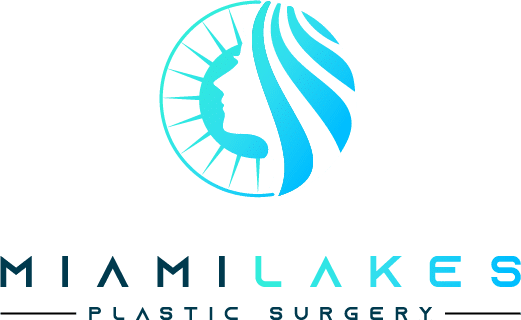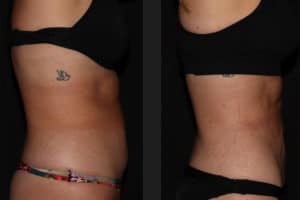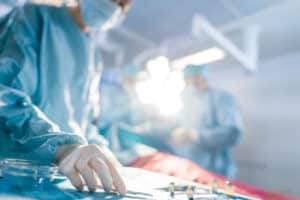Facial wrinkles and creases are part of the aging process. They begin to appear as the underlying muscle, fat, and collagen begin to atrophy. This is an aging phenomenon referred to as “volume loss.” A reasonable strategy to rejuvenate the aging face is by methods that will restore the soft tissue volume. Of all the methods for volume and wrinkle correction, fat injection (also known as fat transfer) has always been one of the most intriguing.
Is this procedure right for you?
You may want a fat transfer if you feel your face needs reshaping. This procedure uses the patient’s own fat cells to provide a safe, natural, nonallergenic way to reshape the face, giving a new definition to your features and plumping up those areas of your face that are thinner than you desire.
What does autologous fat transfer entail?
Autologous fat transfer is removing fat cells from one part of the body and injecting them into another part to recontour the shape of certain features. This procedure uses the patient’s own fat in the injection to minimize adverse reactions.
We offer two methods of fat transfer: traditional fat transfer and platelet-rich plasma (PRP) enriched autologous fat transfer. The first method often requires repeat injections if the transferred fat cells fail to establish a viable blood supply. In the second method, PRP added to the fat cells before injection eliminates the need for multiple repeat injections that traditional fat transfer necessitates.
PRP enriched autologous fat transfer, pioneered by our own Dr. Abuzeni in the late 1990s, is a popular alternative to other wrinkle treatments. Its focus on three-dimensional cosmetic restoration and muscle volume correction makes this technique a good alternative to traditional facelifts.
Is it possible to have another procedure done at the same time?
Facial autologous fat transfer can be done in conjunction with a brow lift or blepharoplasty to restore youthfulness to the brow and eyes. It can be done with a midface lift to recontour the face.
How long can I expect the results to last?
This procedure does not stop the clock, but the results last a long time. Your face will continue to age with time, but the effect will last for years after your surgery. You may want to have another procedure after several years have passed, but the transferred cells stay where they are placed.
What risks are involved?
Rare and minor complications of this procedure include bleeding and infection.
Where will the surgery take place?
Autologous fat transfer can be done in a hospital but is generally performed in our office or an outpatient surgery center.
What should I expect from the post-surgery recovery period?
While you should keep your activities low-key for several days after having a brow lift, most patients return to school or work in a week or less. You should refrain from strenuous physical activity for several weeks after the surgery. Your stitches will be removed within a week. Extended exposure to sun or heat should be avoided for several months.





